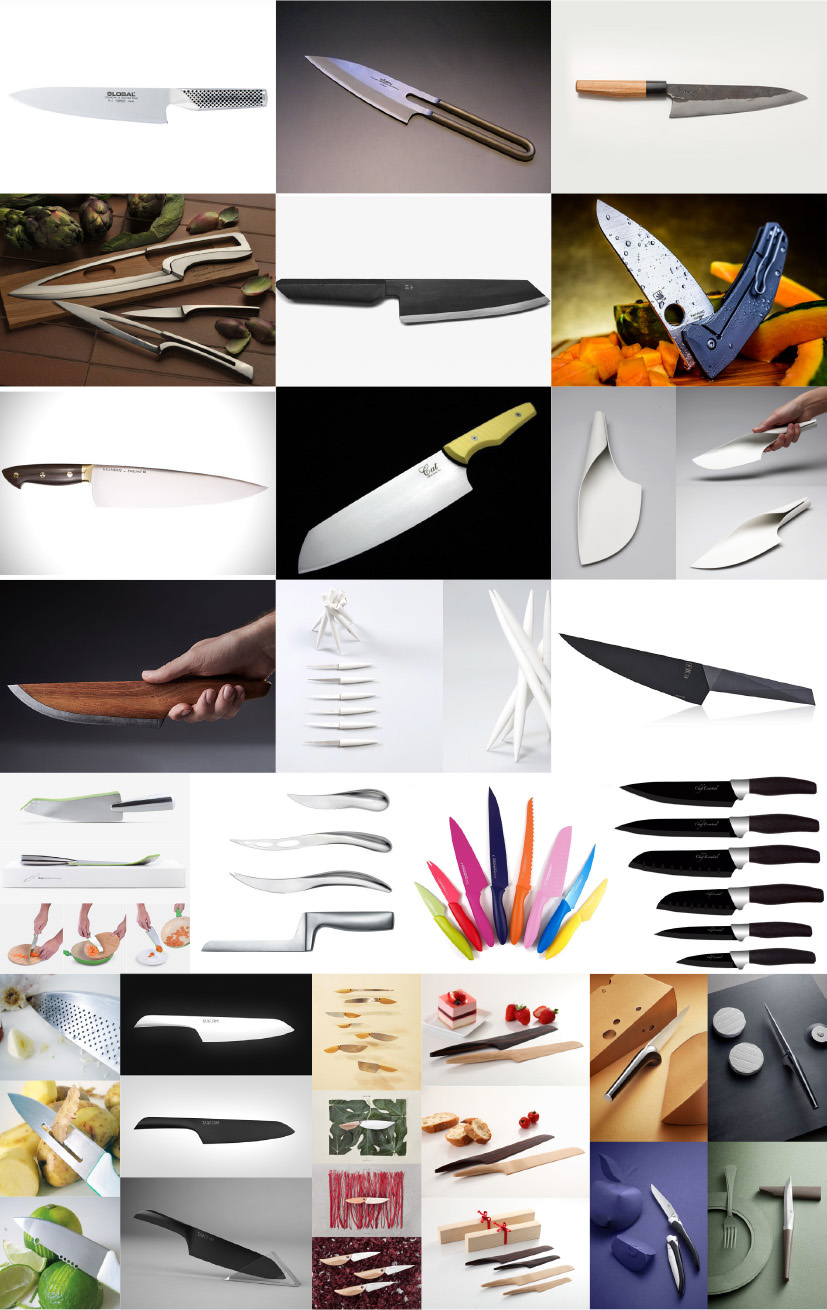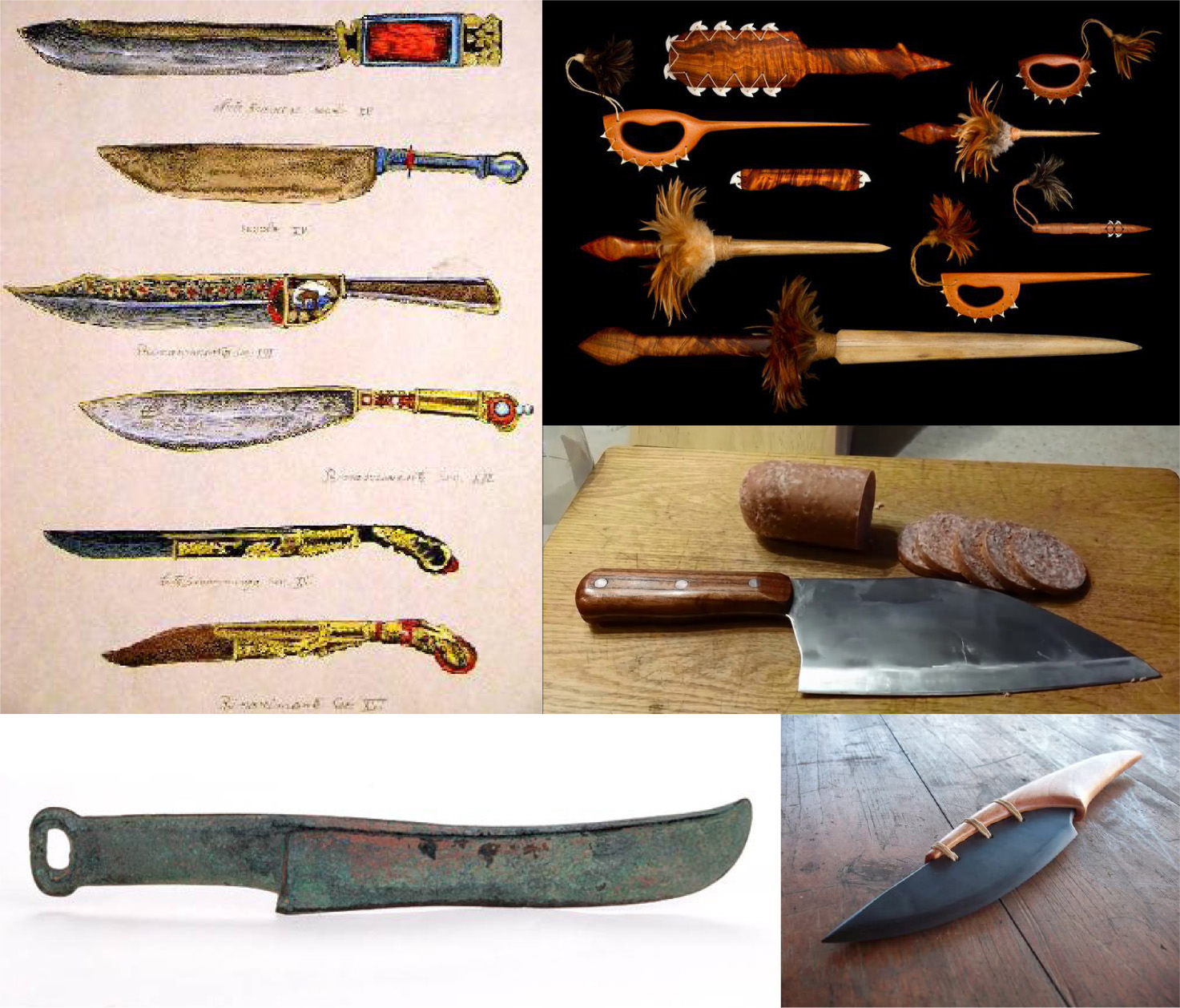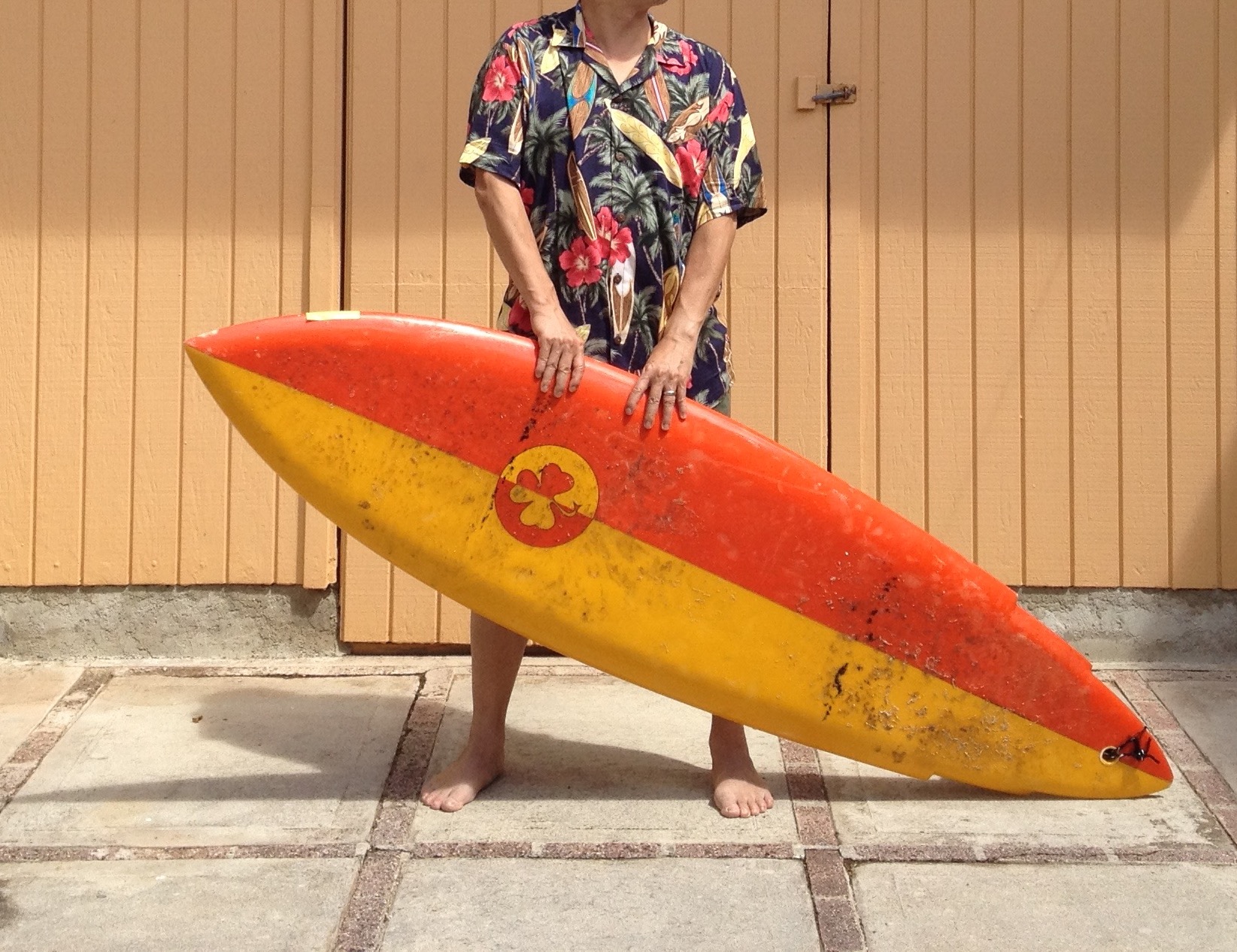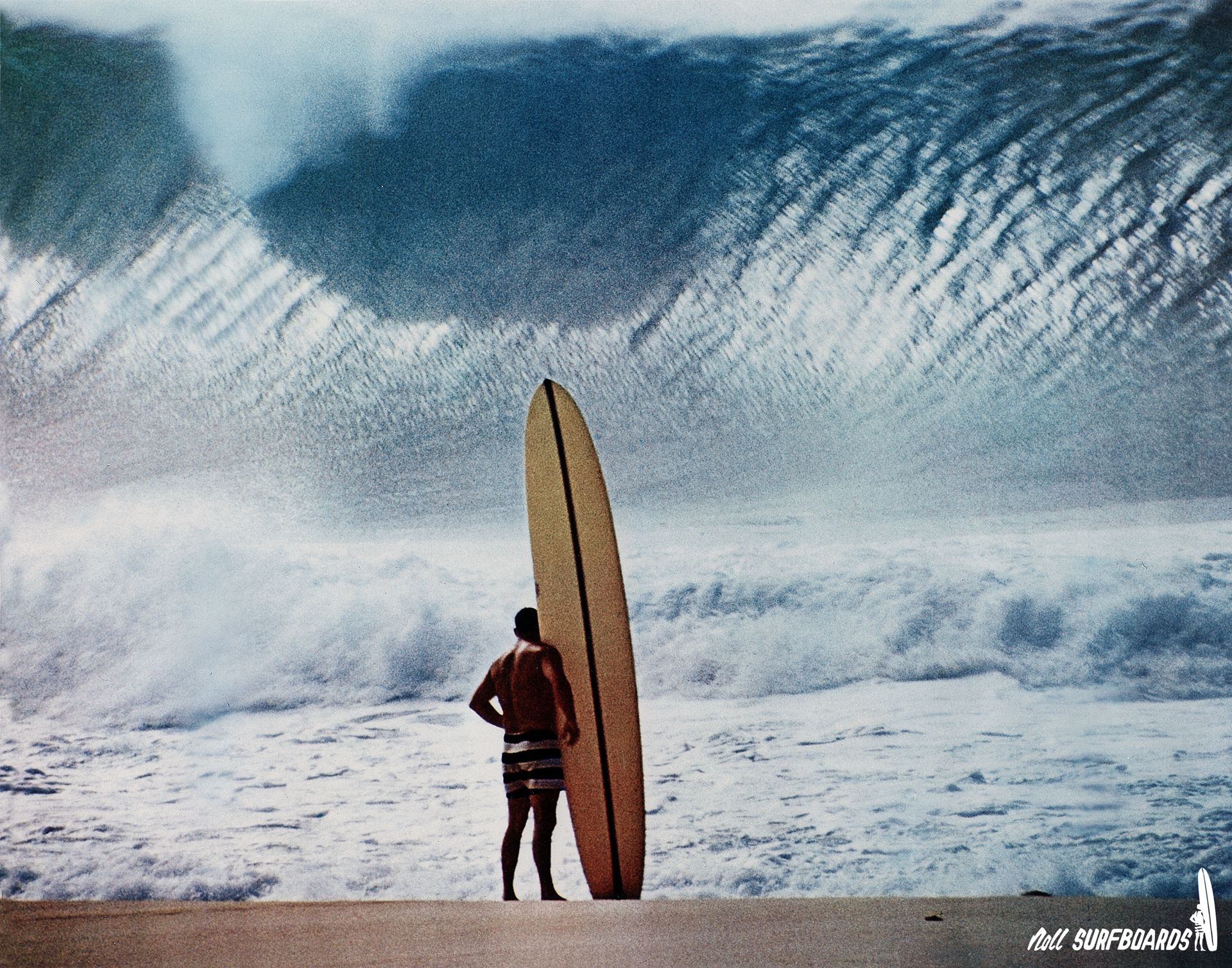DitmasPork
Senior Member
I was just pondering what the future of kitchen knife design will be. When I look at kitchen knives that I’ve acquired, my personal preferences are quite conservative, leaning heavily towards traditional Japanese sensibilities. Performance is important, but not the only factor I consider when buying a knife—there’s aesthetics, buzz, whim, curiosity, needing something new, etc—I buy knives to use, I’m more cook than collector using them daily. Knife collectors collect for different reasons—whether for kitchen use or to keep stashed away to flip when its valuation is favorable, all valid reasons—I’m not about to scoff at someone’s Chelsea Miller collection if that’s what they wish to collect.
Some knives bought and sold to see a lot of action in the kitchen, others to be proudly displayed next to the Philippe Starck orange juicer.
I wholeheartedly support innovation in design, which is healthy for any industry, lest it become stagnant and boring. My two Mazaki for instance, made only 7 months apart have different profiles—will Mazaki-san evolve in an unseen direction down the line, working with powdered steel or carbon fiber handles?
Kitchen knives are inherently tools—profiles haven’t drastically changed for a long time, it’s a sharp piece of metal designed to cop or slice product. Refinements in profile are subtle and derivative, variations on a theme.
Lately I’ve seen a lot of knives pushing the boundaries of conventional knife design—mainly through distinctive handles, or metals, or through multi-purpose designs. I’m curious on which are flash-in-the-pans and which will last the test of time. Some new knife designs look to be the creations of ambitious industrial designers; or market savvy entrepreneurs and chefs.
In 30–40 years, when the old school smiths are no longer producing knives—what will the newer generation of knife makers be making?
When I started surfing in the 70s, that was arguably the heyday of surfboard design innovation—the sport transitioning from long to shortboards, technology allowed for lighter boards, experimentation from shapers like Dick Brewer, Lightning Bolt and Ben Aipa was exciting—pintails, wings, swallow tails. Mark Richards surfing on a twin fin, opened a lot of eyes in the late-70s.
I’d love to jump ahead a couple of decades to see if there are any major changes in kitchen knife designs resulting from newer technology, feedback from cooks, visionary knife makers, shifts in consumer buying habits. Like any other business, it's market-driven to an extent—what will cooks and collectors demand?
Maybe seeing more collaborations—i.e. Kramer/Zwilling, Michael Bras/Kai?
Any thoughts on where knives will end up? Designs that were once the bees knees, appear not lo longer buzz-worthy are Kikuichi TKC, Misono UX10, Global.
Below are a bunch of images of contemporary knives I grabbed from the internet, some with only minor modifications on traditional designs, others not so.

Some knives bought and sold to see a lot of action in the kitchen, others to be proudly displayed next to the Philippe Starck orange juicer.
I wholeheartedly support innovation in design, which is healthy for any industry, lest it become stagnant and boring. My two Mazaki for instance, made only 7 months apart have different profiles—will Mazaki-san evolve in an unseen direction down the line, working with powdered steel or carbon fiber handles?
Kitchen knives are inherently tools—profiles haven’t drastically changed for a long time, it’s a sharp piece of metal designed to cop or slice product. Refinements in profile are subtle and derivative, variations on a theme.
Lately I’ve seen a lot of knives pushing the boundaries of conventional knife design—mainly through distinctive handles, or metals, or through multi-purpose designs. I’m curious on which are flash-in-the-pans and which will last the test of time. Some new knife designs look to be the creations of ambitious industrial designers; or market savvy entrepreneurs and chefs.
In 30–40 years, when the old school smiths are no longer producing knives—what will the newer generation of knife makers be making?
When I started surfing in the 70s, that was arguably the heyday of surfboard design innovation—the sport transitioning from long to shortboards, technology allowed for lighter boards, experimentation from shapers like Dick Brewer, Lightning Bolt and Ben Aipa was exciting—pintails, wings, swallow tails. Mark Richards surfing on a twin fin, opened a lot of eyes in the late-70s.
I’d love to jump ahead a couple of decades to see if there are any major changes in kitchen knife designs resulting from newer technology, feedback from cooks, visionary knife makers, shifts in consumer buying habits. Like any other business, it's market-driven to an extent—what will cooks and collectors demand?
Maybe seeing more collaborations—i.e. Kramer/Zwilling, Michael Bras/Kai?
Any thoughts on where knives will end up? Designs that were once the bees knees, appear not lo longer buzz-worthy are Kikuichi TKC, Misono UX10, Global.
Below are a bunch of images of contemporary knives I grabbed from the internet, some with only minor modifications on traditional designs, others not so.

Last edited:










